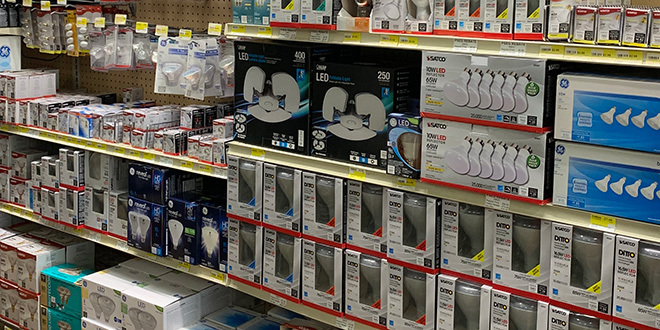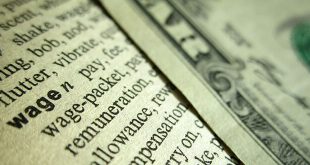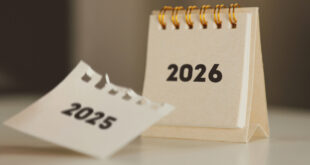To encourage consumers to choose energy-efficient lighting products, several states have instituted energy-efficient lighting programs, including rebate, loan and tax-incentive programs. These lighting incentives offer everything from tax breaks and rebates for installing energy-efficient lighting to exchange programs to properly dispose of incandescent lightbulbs and encourage the purchase of energy-efficient LED lightbulbs.
Examples of these state-sponsored programs include Hawaii’s Residential Energy Efficiency Rebate Program, which offers instant in-store rebates for purchases of CFL lightbulbs. Residents of Maine receive a rebate of $1.25 for each energy-efficient bulb they purchase, and in Texas, consumers don’t pay any state sales or use tax on energy-efficient appliances, including lighting upgrades, during Memorial Day weekend.
To encourage lightbulb sales in your operation, educate your customers on lightbulb basics. See how one retailer found a successful niche selling lighting fixtures and lightbulbs here.
Lightbulbs 101
Below you’ll find a glossary of common terms associated with lightbulbs. Use this information to educate your employees and customers on what each unit measures in relation to lightbulbs.
Lumens—measure of brightness
Watts—measure of energy use
Volts—measure of output of electrical current
Kelvin—measure of color temperature
Color Rendering Index (CRI)—measure of how light affects how you see color
Source: Niche Modern
Types of lightbulbs
Light-Emitting Diode (LED)
Pros: Energy-efficient, made from recycled materials, long-lasting (up to 50,000 hours), gives off little to no heat
Cons: Gives off blue light, rather than soft yellow light
Incandescent
Pros: Almost always dimmable, gives off a warm light, low cost, comes in a variety of sizes, voltages and wattages
Cons: Many types are banned in the U.S., only lasts one year, gets hot quickly, energy inefficient
Halogen
Pros: Almost always dimmable, gives off white light color
Cons: Gets hot quickly, somewhat energy inefficient
Compact Fluorescent (CFL)
Pros: Less expensive than LEDs and lasts longer than incandescent or halogen light bulbs, recyclable, comes in different sizes and temperatures
Cons: Takes time to get bright, doesn’t work with dimmer switches, contains mercury vapor
 Hardware Retailing The Industry's Source for Insights and Information
Hardware Retailing The Industry's Source for Insights and Information






